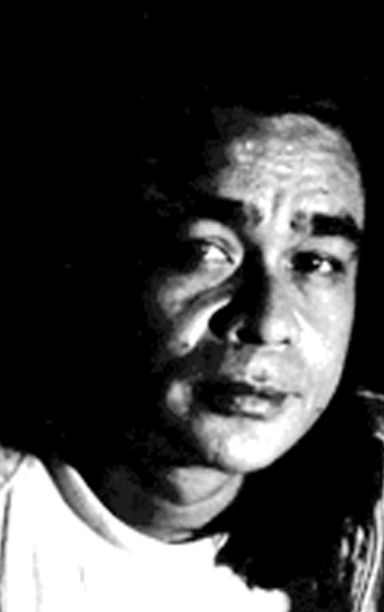
RAYMUND FERNANDEZ
The whole point of terror is to change us. . . . To change the way we look at ourselves, and even as this happens, to change the way we look at the world. We fear the terror we see over media. But even as we fear, we are made ready to commit the very same violence we fear looking at. . . . Or adapt to it — five thousand nine hundred plus deaths from EJKs — fear and terror make what we see through media real for us. But it makes it real in a specific sort of way. Fear and terror is a mirror. The mirror cannot show to us anything that is not already inside us. And we, humans, have gone through wars, through tortures, through massacres, through fear, and terror. And even if we had not gone through them personally, our supply of vicarious narratives of it is legion. History and the news is rife with it. Us, Filipinos, more than anyone else. For we had gone through the violence of the last world war, the political turmoil before, during, and after martial law. The periods of peace we ever historically enjoyed were short and sporadic. And before all these, there was already the war in Mindanao.
I grew up with stories of the Huramentado: or Juramentado as it was spelled in the original Spanish. Wikipedia defines it this way: Juramentado is an archaic term derived from the Spanish word “juramentar,” meaning “one who takes an oath.” . . . A Moro might be said to have “gone juramentado” or be “running juramentado.”
As it was told to me in countless stories of my youth, the huramentado ties bands of cloth around his extremities. The bands are tourniquets to keep him from losing blood even if he is shot. He makes himself hard to kill. And he is doing this in preparation for what he would do next. What he does next is to go to a public place with a long knife, a kris, or a bolo, and then, start killing as many people as he can. He would do this indiscriminately. As the narratives went, he was doing this to settle an impossible score, for God, family, or country. It was always a suicidal act. And it was for this that we were taught early in life to fear the “moros.” Because, more than anyone else, they were the ones who were known to be capable of this.
Which was why the Americans invented the .45 caliber pistol or sidearm, the Colt .45. Forty-five hundredths of an inch is a measurement of the diameter of the slug or bullet. This diameter is exactly .05 less than half an inch. It is a big and heavy bullet. The tip of the bullet was often intentionally hollowed out. The reason for this was so that the bullet would flatten out and spread once it hit human flesh. Subsequently, all these features of size, weight, and hollow point would throw backwards any man advancing on the shooter with a long knife. A smaller bullet would simply pass through flesh, and the huramentado could still conceivably get at his target. But not with a Colt .45! In this way, the Philippines figured significantly in the American–Muslim experience. This is not a new war but a very old one.
The more so for us here, where the war has never been over. At many points in the course of this war, a theory was floated that it was because we were politically led by foreigners, or Tagalogs, Northern Filipinos, that the war persists. Now that we have a native Mindanawanon for president, we must now wonder: Why has the war gone worse than ever before? And why has it gone so bad we must use war planes to bomb Marawi? And why has it gone so bad, we must now have to accept martial law for the whole of Mindanao? And possibly, the rest of the country? Were we not promised change? Were we not promised a better future?
For myself, I never really took those promises seriously. I took a look at the newly elected senators and congressmen and I told myself: These are, as all political promises go, completely empty. Things seemed worse than ever before because the people we elected were worse than ever before. But even so, for the life of me, I never imagined it would get this bad.